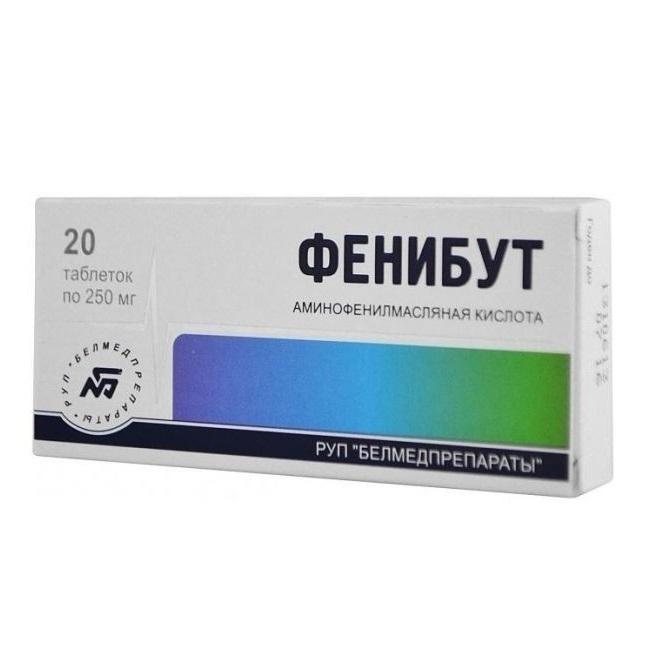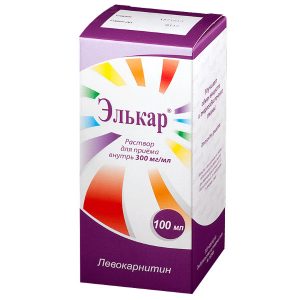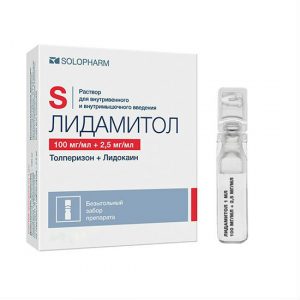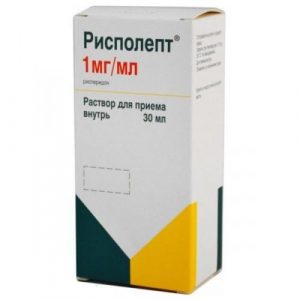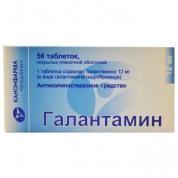Description
Latin name
PHENIBUT
Release form
Tablets are white or white with a slightly yellowish tinge of color, flat-cylindrical, with a chamfer and a risk on one side.
Packaging
In a package of 20 tablets: 2 blister packs of 10 tablets and a medical application manual in a pack of cardboard.
Pharmacological action
Psychostimulants and nootropic drugs.
Pharmacodynamics
Phenibut has a positive effect on metabolic processes in nerve cells in the brain. The active substance of phenibut ( -Amino-Phenylbutyric acid hydrochloride) can be considered as a derivative of -Amino-butyric acid (GABA) or as a derivative of -Phenylethylamine. Phenibut has nootropic activity, and as a derivative of GABA has an anxiolytic (tranquilizing) effect. Does not affect choline and adrenoreceptors.
The drug reduces tension, anxiety, fear and improves sleep, so it is used to treat neurosis and before surgery. Phenibut lengthens and enhances the effect of sleeping pills, narcotic, antipsychotic and antiparkinsonian drugs. Phenibut is deprived of anticonvulsant activity. Phenibut lengthens the latent period of nystagmus and shortens its duration and severity. The drug significantly reduces the manifestations of asthenia and vasovegetative symptoms, including headache, a feeling of heaviness in the head, sleep disturbances, irritability, emotional lability and increases mental performance. Psychological indicators (attention, memory, speed and accuracy of sensory-motor reactions) under the influence of phenibut are improved, in contrast to the effect of tranquilizers. In patients with asthenia and emotionally labile patients, from the first days of therapy, subjective well-being improves, interest and initiative increase, activity motivation without unnecessary sedation or arousal.
Pharmacokinetics
Absorption – high, penetrates well into all body tissues and through the blood-brain barrier (about 0.1% of the administered dose penetrates into the brain tissue, moreover, in persons of young and old age to a much greater extent). Evenly distributed in the liver and kidneys. It is metabolized in the liver – 80-95%, metabolites are pharmacologically inactive. Does not cumulate. After 3 hours, it begins to be excreted by the kidneys. About 5% is excreted by the kidneys unchanged, partially with bile.
Contraindications
Hypersensitivity to drug components, liver failure, pregnancy, lactation.
Precautions: erosive and ulcerative lesions of the gastrointestinal tract.
Use during pregnancy and lactation
Adequate and well-controlled studies to assess the safety of the drug in women during pregnancy and lactation have not been conducted. Phenibut should not be used during pregnancy and lactation.
Composition
Each tablet contains: active ingredient: phenibut hydrochloride (phenibut) – 250 mg
excipients: lactose monohydrate, povidone K-25, calcium stearate, potato starch.
Dosage and Administration
Inside, after meals.
Adults are prescribed 250-500 mg 3 times a day. The maximum single dose in adult patients is 750 mg, in patients older than 60 years – 500 mg. The course of treatment is 2-3 weeks. If necessary, the course can be extended up to 4-6 weeks. The duration of the course of treatment is determined by the doctor, taking into account the characteristics of the disease, drug tolerance and the effect achieved.
Children aged 8 to 14 years – 250 mg 3 times a day. Children over 14 years of age are prescribed doses for adults.
For the relief of alcohol withdrawal symptoms in the first days of treatment – 250-500 mg 3 times a day and 750 mg – at night, with a gradual decrease in the daily dose to the usual for adults.
For illness and Meniere’s syndrome during the exacerbation period – 750 mg 3 times a day for 5-7 days, with a decrease in the severity of vestibular disorders – 250-500 mg 3 times a day for 5-7 days and then 250 mg 1 time per day for 5 days. With a mild course of the disease – 250 mg 2 times a day for 5-7 days, with a subsequent dose reduction to 250 mg 1 time per day for 7-10 days.
For the treatment of dizziness with dysfunctions of the vestibular analyzer of vascular and traumatic genesis – 250 mg 3 times a day for 12 days.
For the prevention of motion sickness – 250-500 mg once 1 hour before the intended journey (the effect is dose-dependent). Phenibut is ineffective in the development of severe symptoms of motion sickness (“indomitable” vomiting, dizziness, and other symptoms).
In patients with impaired liver function, high doses of phenibut may cause a hepatotoxic effect. Patients in this group are prescribed lower doses of the drug under the control of liver function.
There is no evidence of adverse effects of phenibut in patients with impaired renal function when taking therapeutic doses.
Side effects
Classification of unwanted side reactions by development frequency: very often ( 1/10) often ( 1/100 to <1/10) infrequently ( 1/1000 to <1/100) rarely ( 1 / 10,000 before Disorders of the nervous system *: drowsiness (at the beginning of treatment), increased irritability, agitation, anxiety, dizziness, headache Disorders of the gastrointestinal tract *: nausea (at the beginning of treatment) Disorders of sides of the skin and subcutaneous tissue: rarely – allergic reactions (skin rash, itching). Disorders of the liver and biliary tract *: with prolonged use of high doses – hepatotoxicity. Drug Interaction Extends and enhances the effects of hypnotics, narcotic analgesics, antiepileptic, antipsychotic and antiparkinsonian drugs. Not to be combined with alcohol. Overdose There are no reports of overdose. In case of overdose the following symptoms are possible: drowsiness, nausea, vomiting, dizziness. With long-term administration of very high doses, eosinophilia, arterial hypotension, fatty liver, kidney dysfunction may develop. In case of overdose, treatment is symptomatic. There is no specific antidote. Storage conditions In a place protected from moisture and light at a temperature not exceeding 25 ° C. Keep out of the reach of children. Expiration 3 years. Do not use after the expiry date stated on the packaging. Deystvuyuschee substances Amynofenylmaslyanaya acid pharmacy terms and conditions for prescription dosage form dosage form tablets
